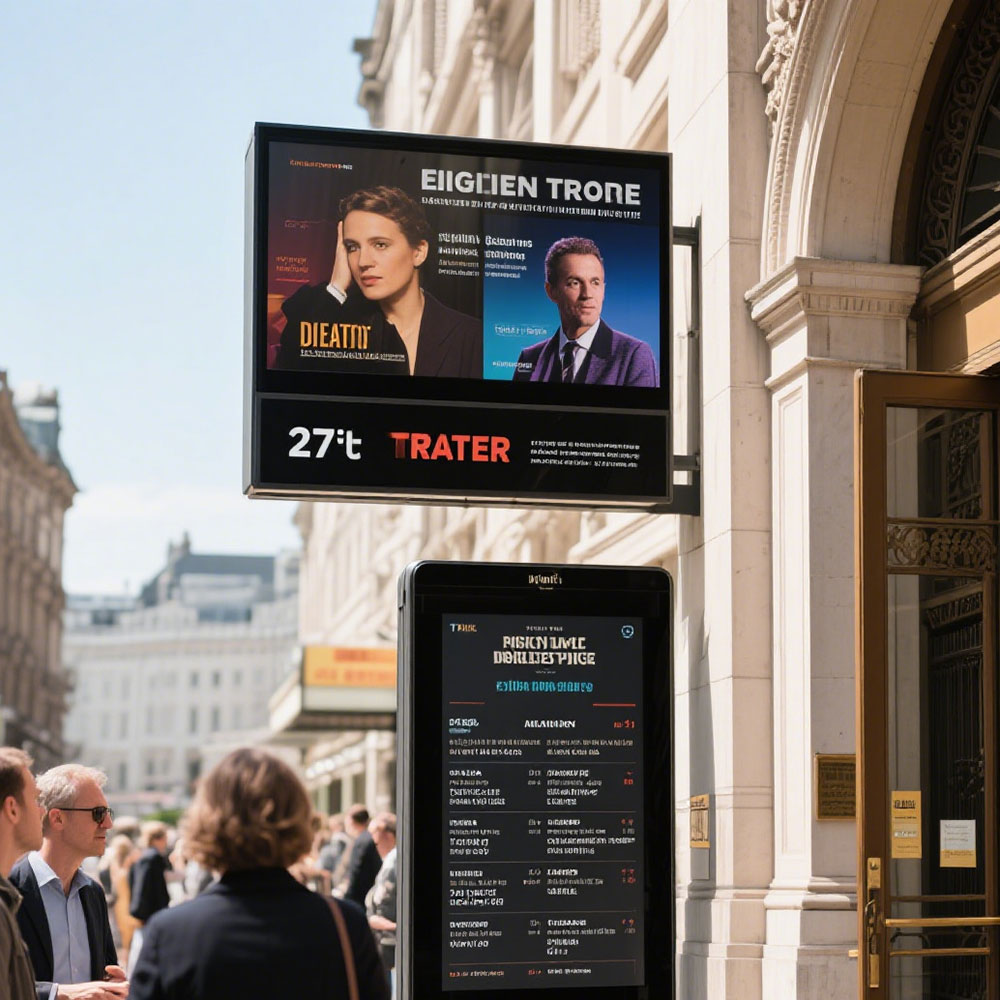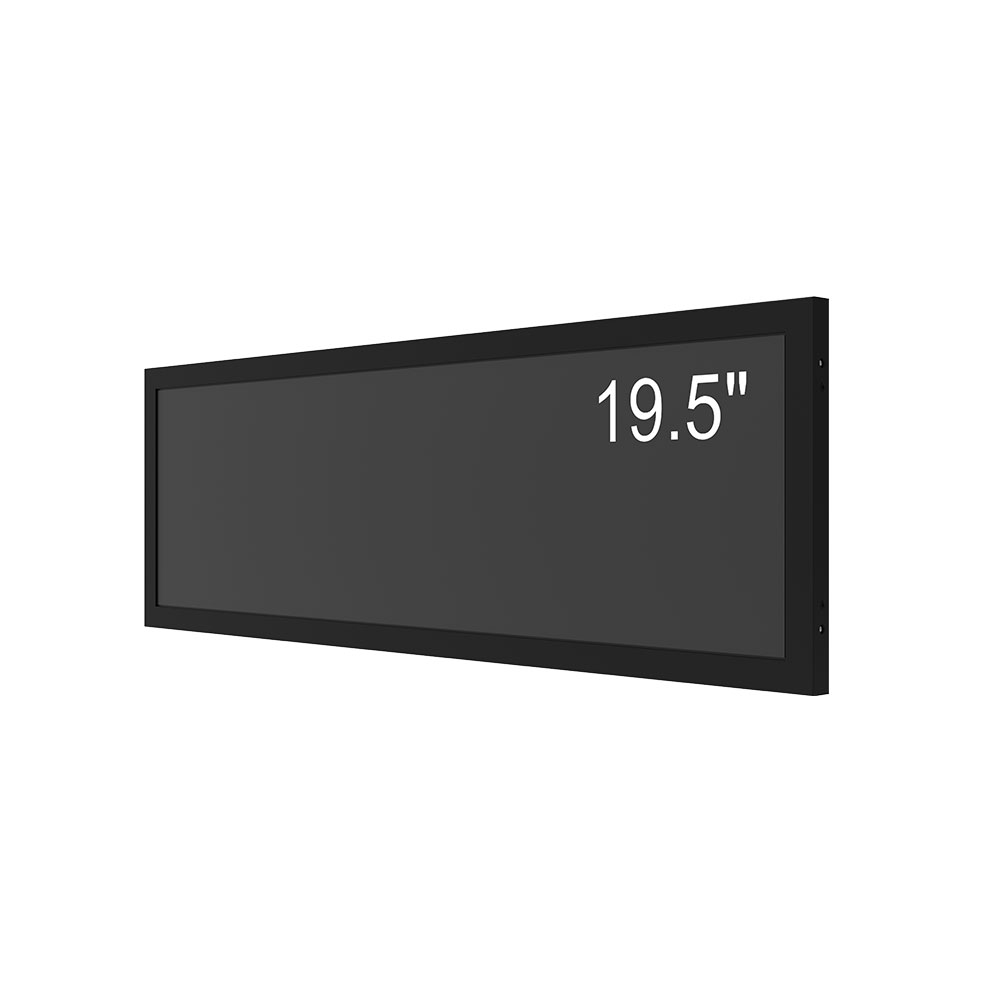Outdoor high-brightness LCD displays are essential for visibility in direct sunlight, making them indispensable across transportation, energy, retail, and real estate sectors. These displays must meet stringent performance standards such as brightness levels of at least 5,000 nits (with some applications requiring up to 10,000 nits), wide viewing angles (typically 178° horizontal and vertical), and IP65 or higher environmental protection ratings to withstand dust, water, and temperature extremes.
In public transit—such as railway stations, buses, trains, subways, and intercity rail systems—these screens deliver critical passenger information like schedules, delays, and safety alerts. According to the International Association of Public Transport (UITP), reliable digital signage improves commuter satisfaction by up to 35%. For example, Tokyo Metro’s deployment of 7,000+ high-brightness outdoor LCDs has significantly reduced passenger confusion during peak hours.
EV charging kiosks and gas pumps also benefit from this technology. A study by the Society of Automotive Engineers (SAE) found that sunlight-readable displays reduce user errors by 42% compared to standard indoor LCDs. The integration of touch-sensitive panels with anti-glare coatings ensures usability even under harsh weather conditions.

In retail and real estate, outdoor digital signage boosts brand visibility and engagement. Research from Nielsen shows that dynamic outdoor ads increase foot traffic by 22% in urban environments. These displays often use LED-backlit panels for consistent brightness and long-term reliability—critical for installations exposed to UV radiation and thermal cycling.

Manufacturers like LG Display, Samsung, and BOE adhere to international standards such as EN 60068 (environmental testing) and IEC 62262 (ingress protection). Their products undergo rigorous accelerated life testing (ALT) to ensure 50,000+ hours of operation without significant degradation.
For system integrators and end-users, selecting a display requires evaluating not only luminance but also contrast ratio (>1000:1), color accuracy (ΔE< 3), and power efficiency (<150W per unit). Proper mounting solutions, heat dissipation design, and remote monitoring capabilities further enhance operational reliability.
With increasing demand for smart infrastructure—from EV ecosystems to connected cities—high-brightness outdoor LCDs remain a cornerstone of modern digital communication.







